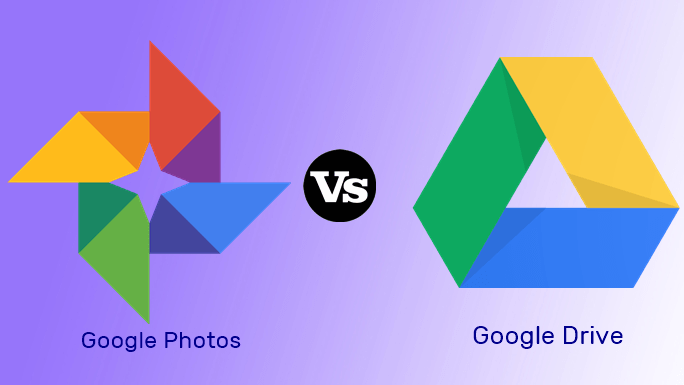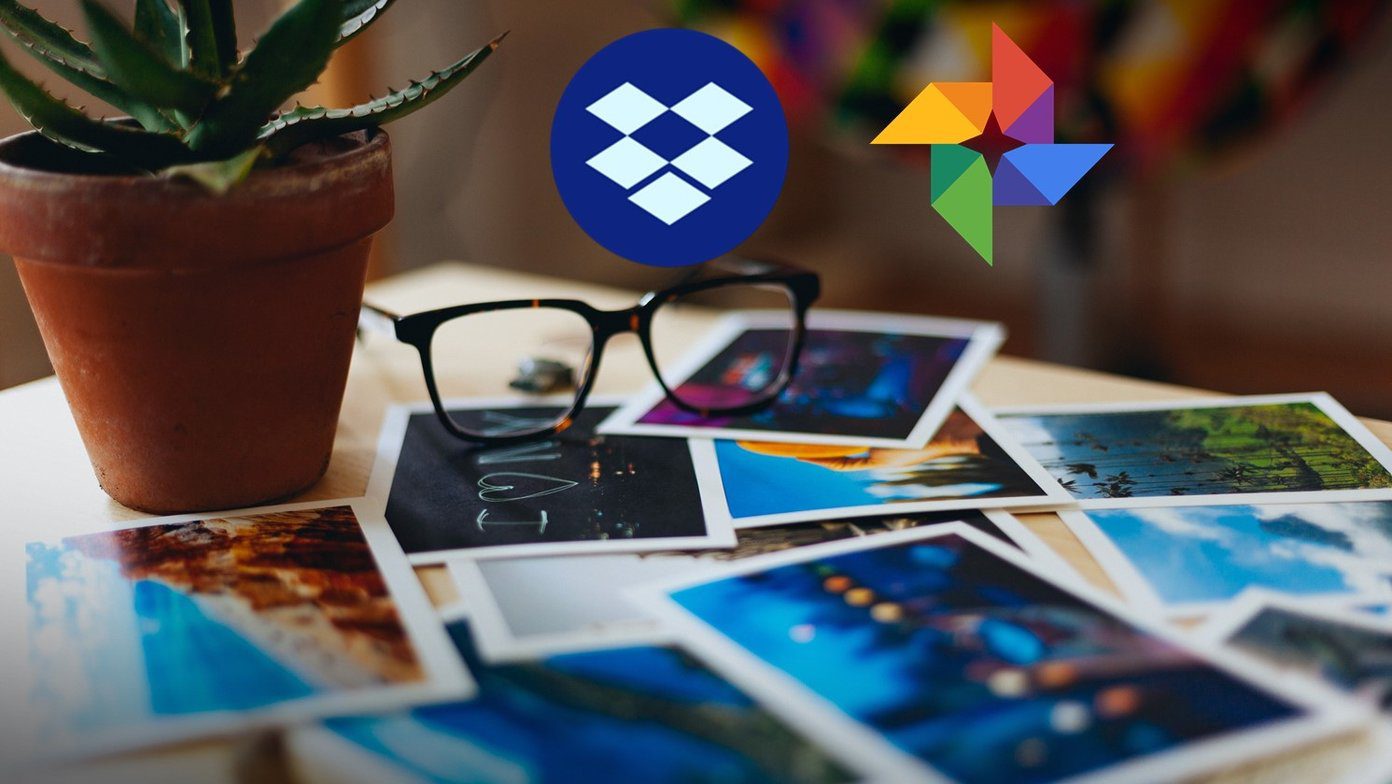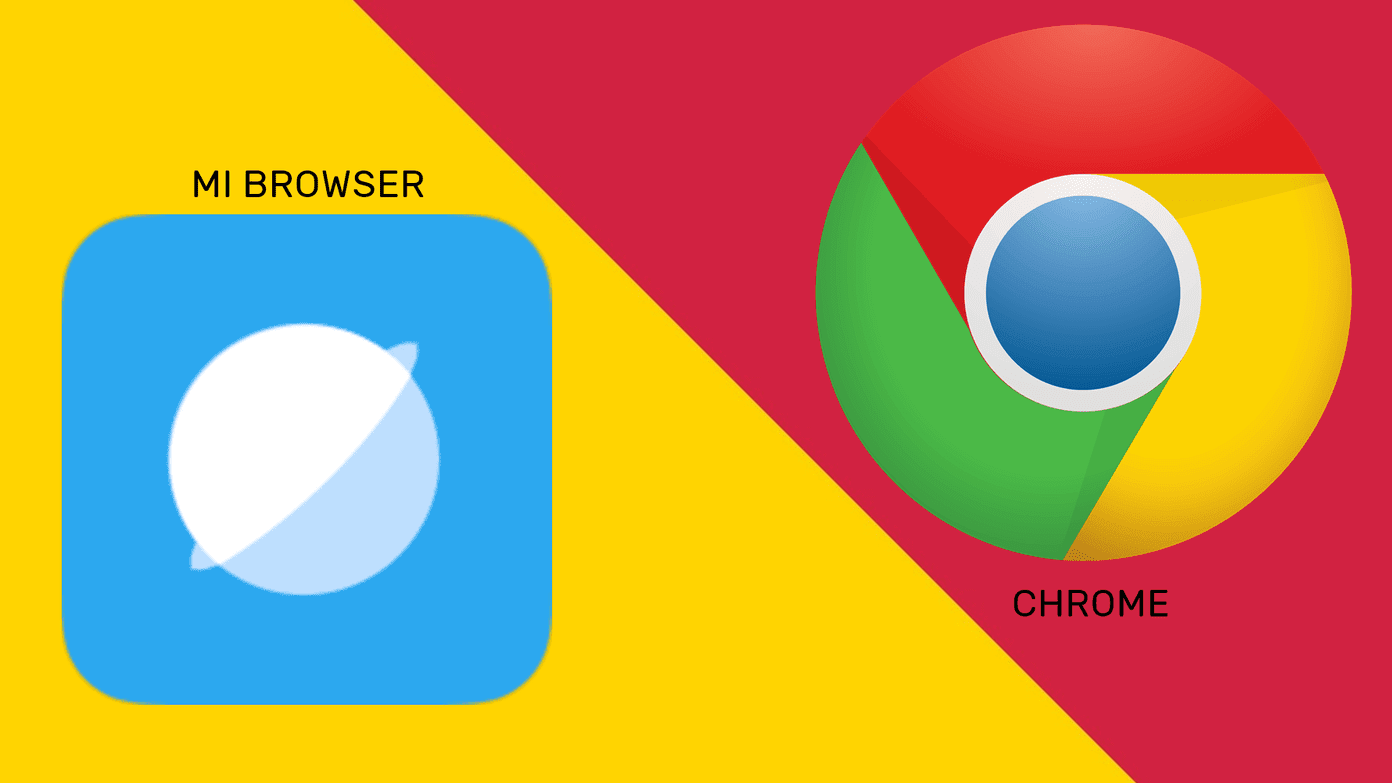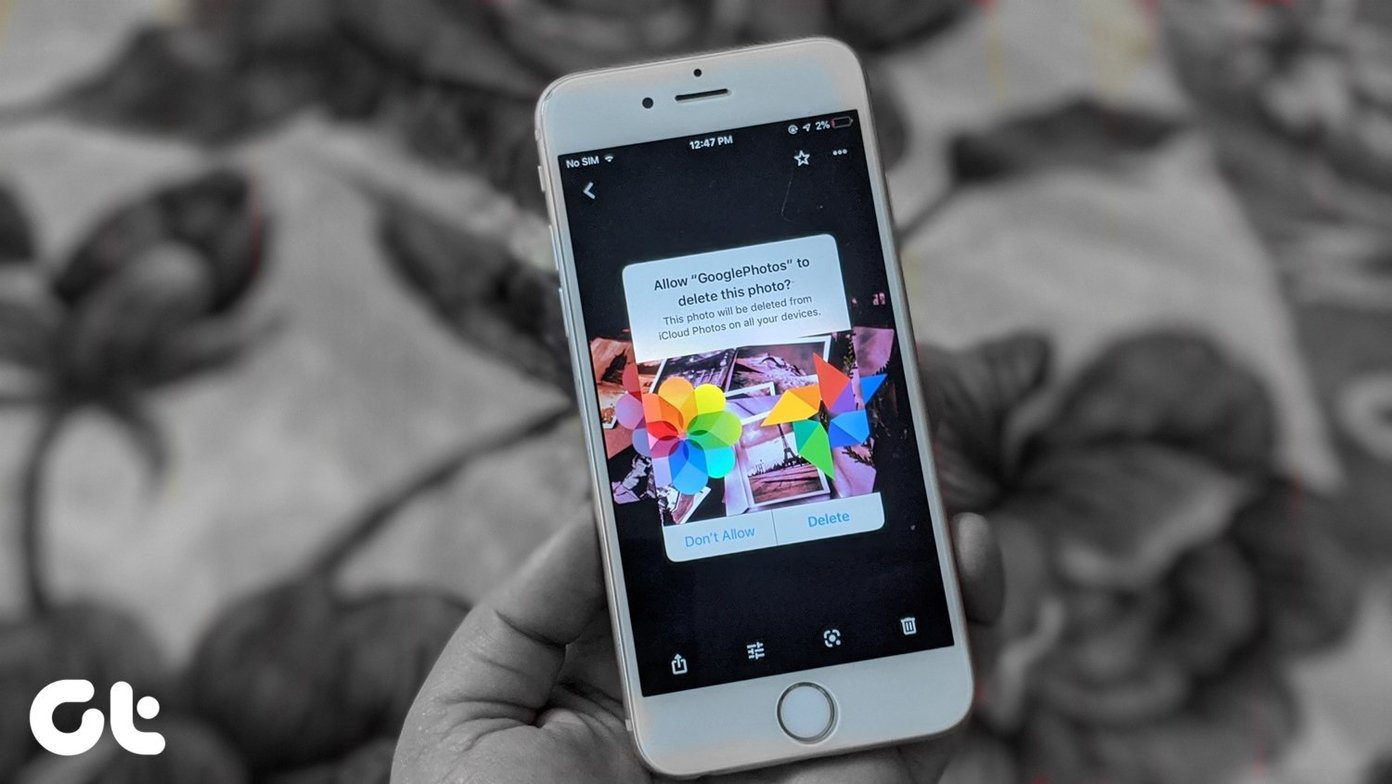While Google Photos is a proper app on iPhone, you will find the iCloud functionality inside the Apple Photos app. There is no separate app known as iCloud Photos. The iCloud is an online storage service offered to Apple users, and iCloud Photos is part of it. Even though Google Photos also saves your images online in the cloud, it doesn’t use iCloud. The Google cloud saves the images. Let’s start the comparison between Google Photos and iCloud.
Basic Functionality
Both Google Photos and Apple Photos are gallery apps with added functionalities. You can use both of them to view the photos taken on iPhone or iPad without uploading them to the cloud. The feature to take a backup to the cloud is optional in both. On Google Photos, you need to activate that from the app settings itself by enabling Back up and sync. Once enabled, find out who can see your images in Google Photos. In the Apple Photos app, you need to open the Settings on your phone and go to Photos. Then turn the toggle on for iCloud Photos. There’s another difference between the two. In Google Photos, the existing images on the Google Photos cloud automatically sync to your iPhone even if Back up and sync is disabled. They do not occupy any storage on your phone as they are present in the cloud. YOn the other hand, you need to enable iCloud Photos to sync your existing photos in iCloud to your iPhone.
Supported Devices and Accounts
iCloud service is limited to Apple devices such as iPhone, Mac, and iPad, where it comes preinstalled. Fortunately, you can access iCloud Photos via the web too. Google Photos is available on iOS and Android. You can even use it on the web. When it comes to the account, iCloud relies on your Apple ID. Google Photos, as is evident from its name, uses Google accounts only.
Storage Capacity
Since the main use of both of them is to save your pictures in the cloud, the available storage space plays an important role. On iCloud, you get only 5GB of free storage, and that includes space for all apps such as Photos, Mail, Notes, Contacts, and even Drive. If you want, you can upgrade your storage plan or free up iCloud storage. On the other hand, Google offers 15GB of free space. Here also, the cloud storage is shared between various Google products such as Photos, Drive, Keep, and more. Read in detail about what counts in Google Drive storage. However, Google Photos has a major advantage over iCloud as it lets you upload an unlimited number of images. For that, you will have to go with the High-Quality setting instead of Original Quality when asked how you want to upload. The catch is that your photos are compressed to 16MP and videos to 1080p. For a regular user, that would be sufficient. But if you are a photographer, you might want to go with the Original Quality mode and then later upgrade your storage. Another benefit is that you can change your existing uploaded photos to High Quality too without uploading them again.
User Interface
At first glance, both the apps look similar to various tabs at the bottom. But when you look closely, there are huge differences. For starters, Google Photos shows the most recent photos at the top, making it easy to access them. On the other hand, the Apple Photos app displays them in the reverse chronological order with the recent ones at the bottom. Secondly, while the search is present at the top in the case of Google Photos, it appears as a tab in the bottom row in Apple Photos. Further, both let you change the layout of your photos. In Google Photos, it has to be done via settings, and on the Apple Photos, you can change it via the back button at the top. One helpful thing about Google Photos is that it makes quite clear what’s backed up to the cloud and what’s not. You will see a small cloud icon with a slash over it on the photos that are saved on your phone only and not in the cloud. The images and videos saved in the cloud will not have any icon on them. There’s no way to know what’s syncing to Apple Photos.
Editing Capabilities
While both let you edit your offline and online photos, Apple Photos provides more editing options such as changing curves and colors. However, once you have edited your pictures, Apple Photos replaces the existing photo on your phone and in iCloud (if enabled). Your old photo is gone. Fortunately, Google gives you an option to save the edited photo as a copy instead of replacing the original one. If you don’t like the default editing features, you can download third-party editing apps on both Android and iOS.
Search
As an iPhone user, if you like the searching capability in Apple Photos, you will love it in Google Photos as you can search for anything, and it will show you the results without fail. However, there’s a drawback in Google Photos. The search only works for photos that are saved online. So if you are using it as a simple gallery app on your iPhone, the search won’t show offline photos. That’s not the case with Apple Photos. It works for photos both on your phone and in iCloud.
Additional Features
While both offer facial recognition, location tagging, and grouping of photos bases on themes, Google Photos is slightly ahead as it applies incredible machine learning features. For instance, it will automatically create a video based on important moments from your photos. Similarly, it includes a built-in Google Lens that further offers intelligent features such as copy text, identify pictures, and more.
Free Up Local Space
When the online capability is enabled in the apps, they are continuously uploading your new images to their respective cloud services. In both the apps, photos are stored both on your phone and in a cloud by default. If your iPhone runs low on storage, you can free up local storage. Even though the both offer the feature, it differs in working. On Google Photos, when you use the Free up space option, the local photos are deleted completely from your phone. But, they stay in the cloud. In the app, you only see a thumbnail. Tapping on the photo will get it from the cloud and show it to you. You need a working internet connection to view such photos. On the other hand, when iCloud is enabled, you get an option in the form of Optimize iPhone Storage to free up local space. When enabled, your phone keeps the original photos and videos in iCloud and replaces it with a compressed version to save space on the phone. Unlike Google Photos, where the images are deleted entirely from your phone taking no space afterward, the pictures continue to take a small amount of space by using Optimize Storage in iCloud as the local copy (even though small) still exists.
Sharing Features
Google Photos lets you share your images and videos in multiple ways. You can either share them via the installed apps or post them to social media directly. You can even create a link and share that with others via any platform. Moreover, you can share photos with Google Photos contacts or create shared albums where others can add photos too. Besides that, you can even share your entire library with someone using the Partner account feature. Know in detail how Google Photos sharing works. Apple Photos or iCloud offers fewer ways to share. You can either create a shared album that works only on Apple devices and Windows. Or you can share the pictures via the installed apps such as WhatsApp, Facebook, etc. In the latter case, the recipient doesn’t need to have an iCloud account as the photo is shared directly.
Which One to Use
In a nutshell, you can say Google Photos is a backup and sync service while iCloud Photos only offers sync capability. Meaning, once you delete the photo, it’s removed from everywhere. That’s not the case with Google Photos, where the photos are backed up to the cloud, and you can free up space on your phone. So if you are looking for a backup service, Google Photos is a right choice. Further, it’s available across all platforms. You can access it on all the devices, unlike iCloud, that’s limited in its nature. What’s the point of saving pictures in the cloud if you can’t access them everywhere? Last but not least, you get unlimited storage in Google Photos. What else does one want from a cloud service?
What’s Your Choice
If you feel like disabling iCloud, know what happens when you do it. You can even uninstall Google Photos if it doesn’t suit your taste. And if you liked both, you can continue using both of them together. Each works separately, so it wouldn’t be an issue. And if you don’t like either, do check their alternatives on iPhone. Next up: Added a wrong account in Google Photos? Know how to remove an account and what happens by doing so from the given link. The above article may contain affiliate links which help support Guiding Tech. However, it does not affect our editorial integrity. The content remains unbiased and authentic.



























